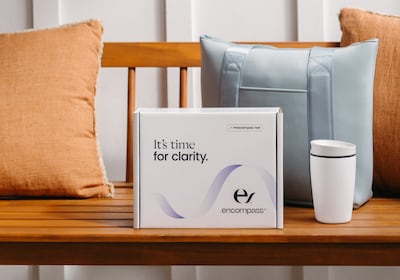For years, the radiology industry has been waiting for the advent of the filmless radiology department, in which images are read, transmitted, and stored digitally. Radiologists have watched the rise of picture archiving and communications systems (PACS) and their sister technology, teleradiology. PACS move electronic images within a radiology department using dedicated workstations and networks, while teleradiology transmits images electronically to remote locations. Both have been promoted as productivity enhancers and labor savers.
But only 15% of hospitals in the US have implemented PACS in the ten years or so since they were introduced; the vast majority of hospitals handle most images as they have been doing
Read the full article – start your free trial today!
Join thousands of industry professionals who rely on Medtech Insight for daily insights
- Start your 7-day free trial
- Explore trusted news, analysis, and insights
- Access comprehensive global coverage
- Enjoy instant access – no credit card required
Already a subscriber?







